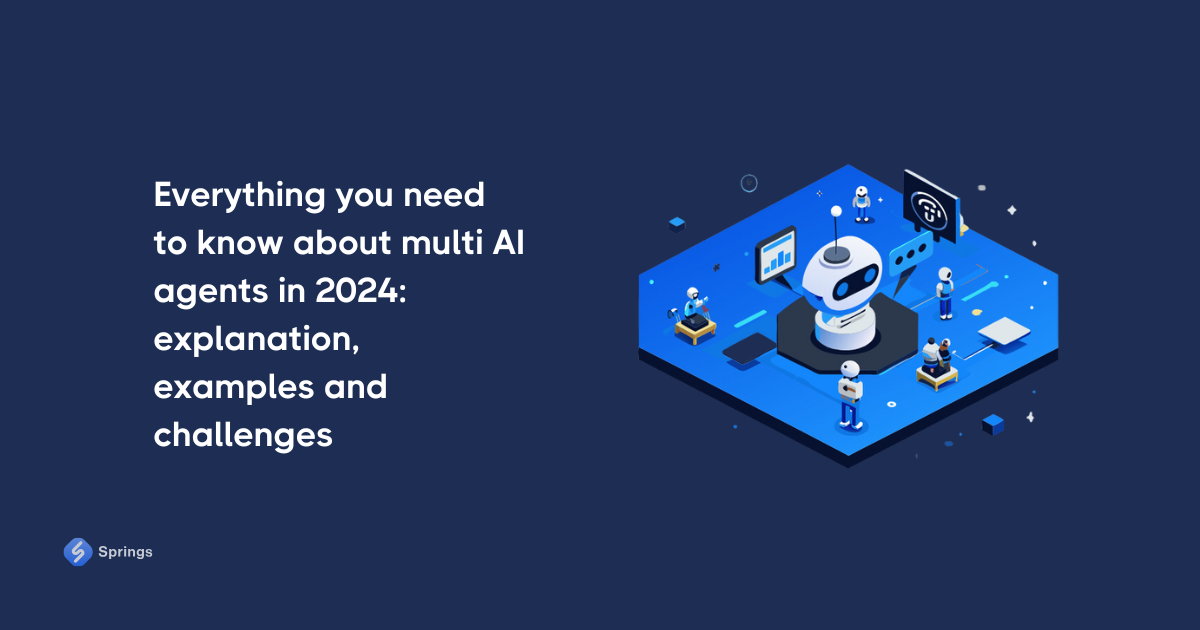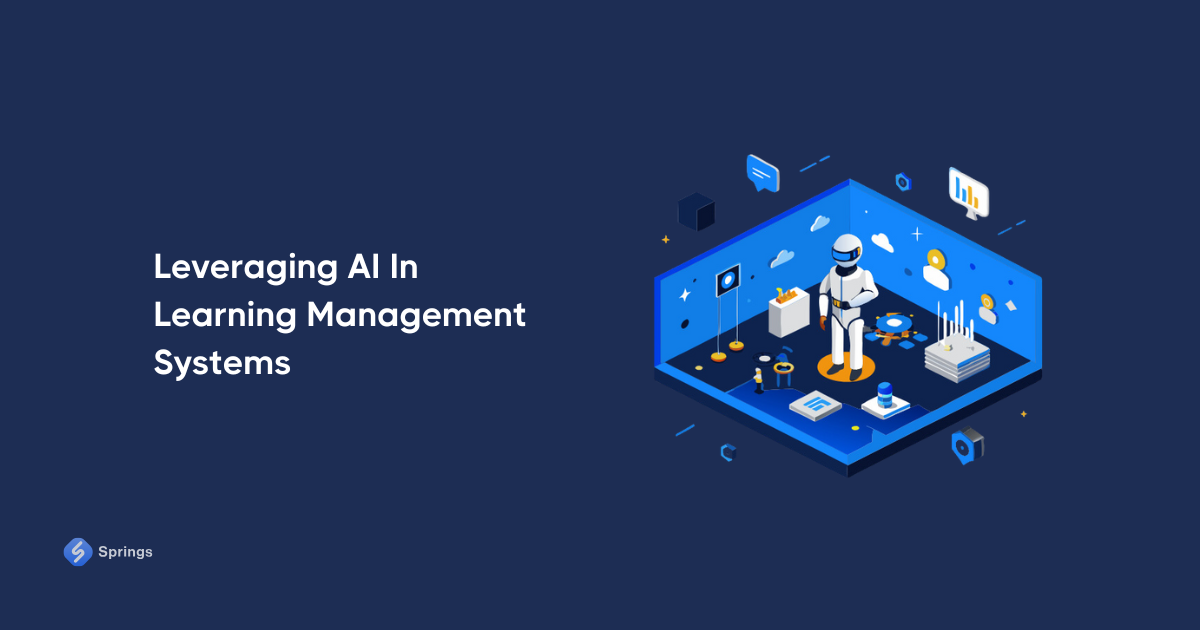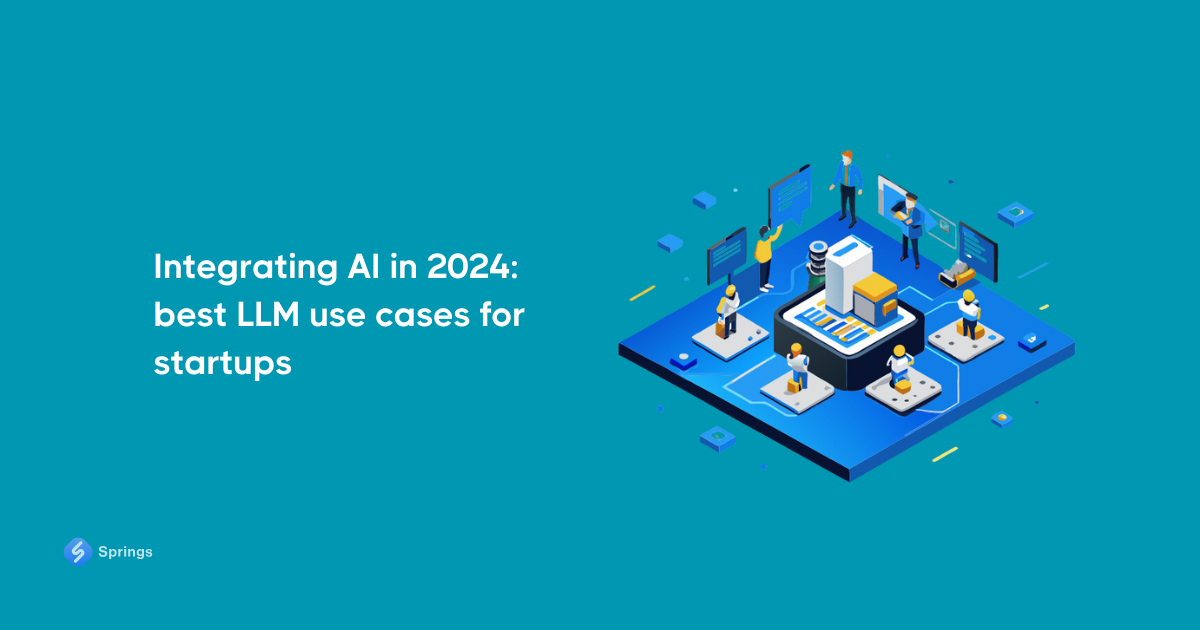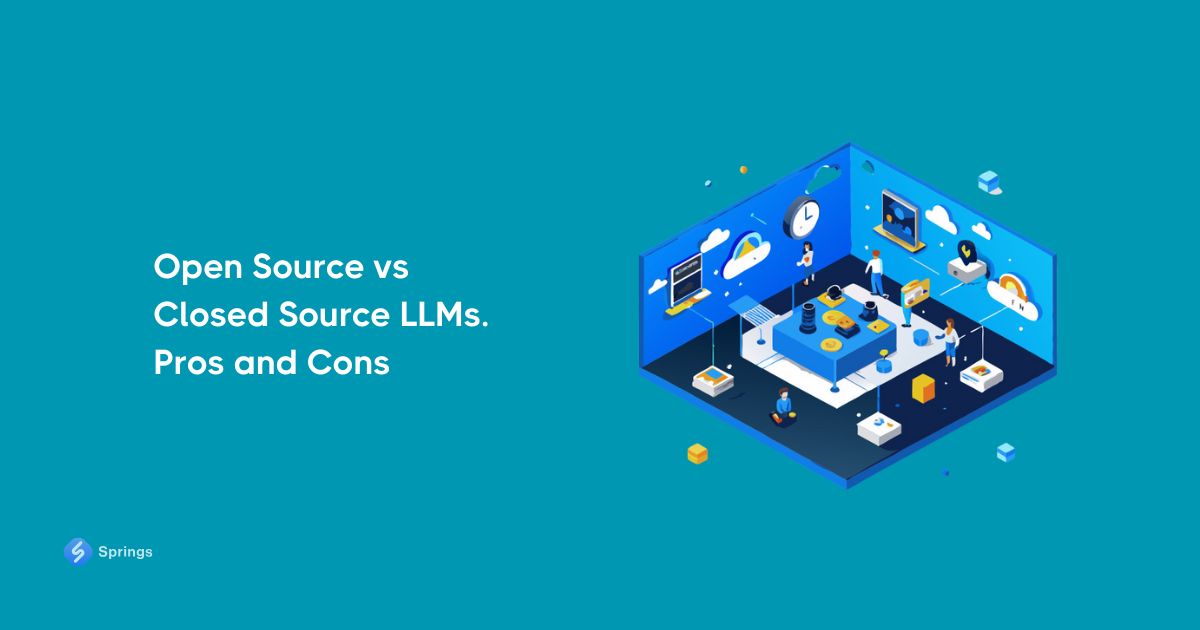How Large Language Models (LLMs) Can Transform Legal Industry
Intro
Law firms, companies, and enterprises that have legal departments have already become experienced players in the field of artificial intelligence. It is hard to imagine a progressive business that does not use AI directly or partly at least nowadays. Its purpose is not to replace employees but to help your business grow with less human efforts that can be used for more valuable things.
Previously, we talked about how AI can help with compliance matters and issues. In this article, we are going to talk about the ways that Generative AI technologies, especially large language models, can influence the legal industry, its opportunities, key benefits, and risks. We will talk a lot about Large Language Models in Legal: how LLM in legal area works, LLM for legal research, and, for sure, LLM for legal documents.
Why is it so important for legal tech? Numbers will help. According to the latest Docuease research, approximately 65% of law firms believe that AI adoption can speed up their tasks, and 64% of lawyers feel that AI can enhance their efficiency several times. Over half of law firms and companies (53%) intend to invest in AI technology shortly. The utilization of AI-powered legal tech can help law firms reduce their costs by approximately 50%.
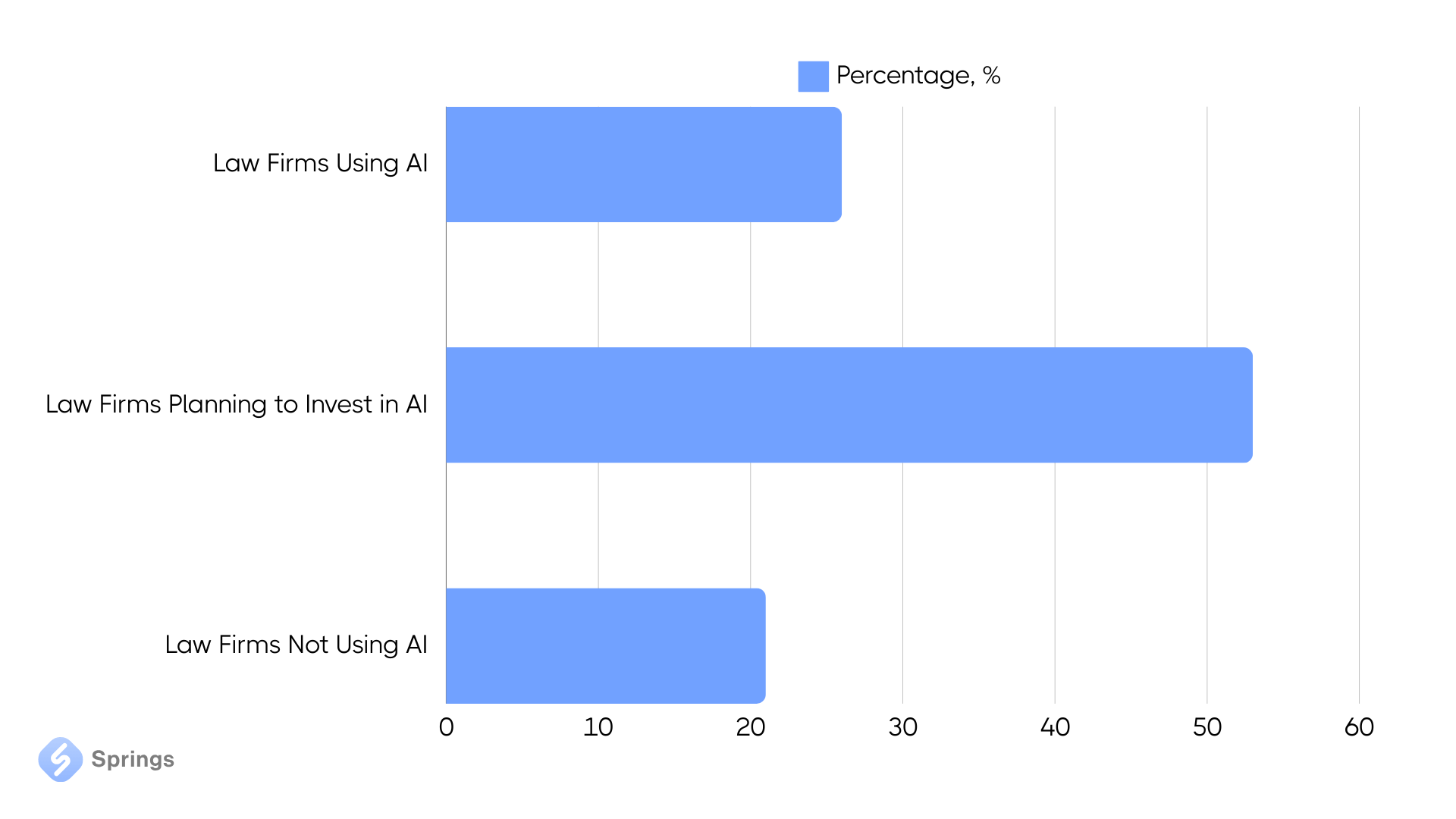
Another statistic I would like to mention is the generative AI adoption among lawyers. Here are some interesting numbers:
- 41% of lawyers have used generative AI tools for any purpose.
- 15% of lawyers have used generative AI specifically for legal purposes.
- 43% of lawyers either currently use or plan to use generative AI in their legal work.
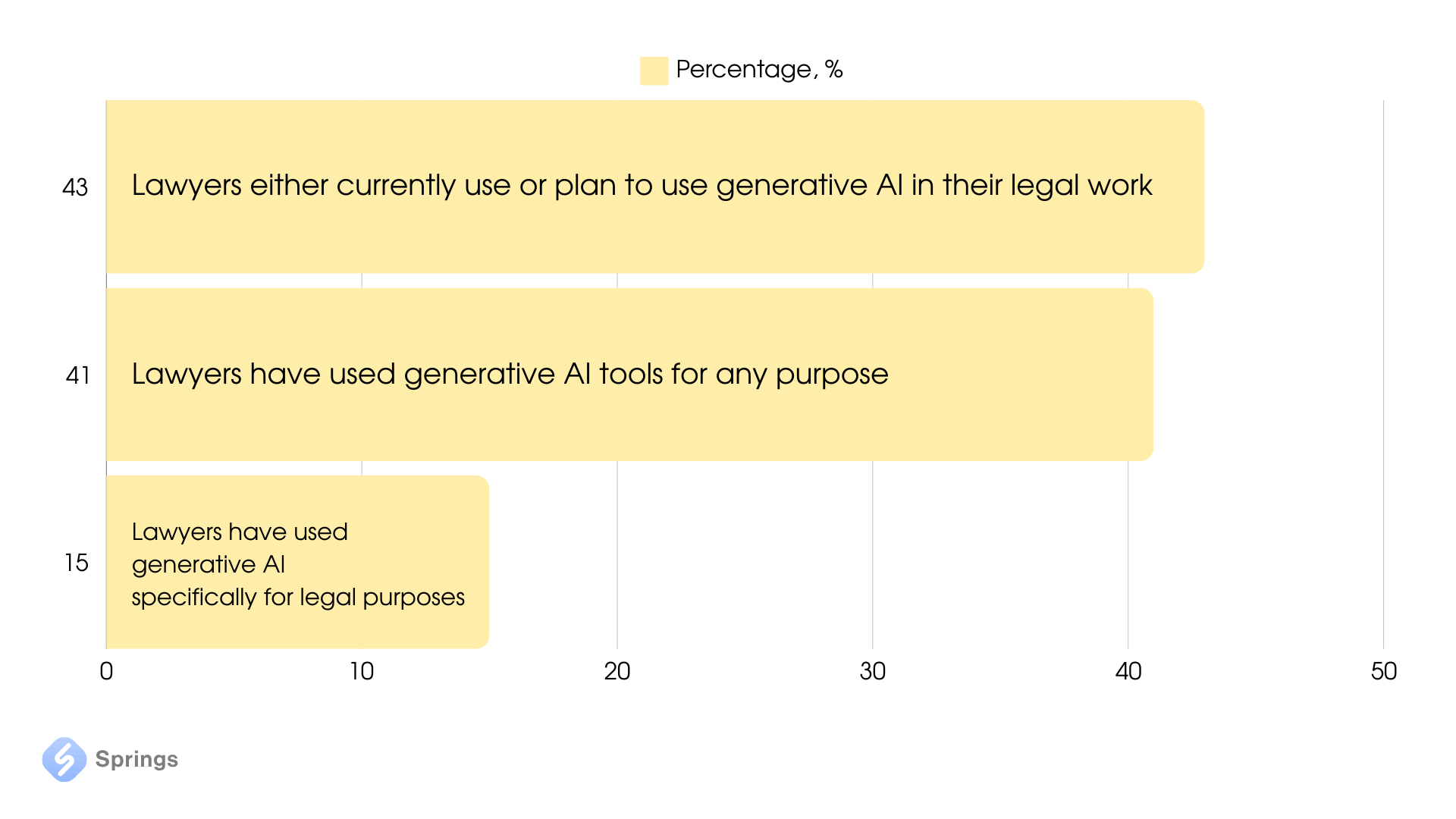
In today’s fast-paced corporate environment, legal departments are increasingly relying on llm in legal to boost efficiency and improve decision-making. The use of llm for legal documents allows for more accurate and faster drafting, while llm for legal research enhances the depth and thoroughness of legal analysis. Large Language Models in Legal are becoming essential tools, streamlining processes and transforming legal practices within llm in legal tech and legaltech sectors.
So, let’s start our journey and see how the usage of Gen AI can help lawyers and firms and if it is worth trying to implement into your business.
What are LLMs?
LLMs or Large Language Models are pre-trained advanced AI algorithms that are created to understand and generate human-like text. LLMs are usually trained on some domain-related amounts of data, like the legal industry, allowing them to recognize patterns in language and produce responses that are coherent and contextually relevant. The most well-known LLMs for now are GPT-4o, Gemini, and Llama.
LLMs usually process the data that is stored in vector databases, like Chroma or Pinecone. These databases allow for quick similarity searches based on vectors, which is essential for tasks like retrieving relevant information from large datasets or finding related concepts in text. This helps to find the data in the shortest period by enabling faster and more accurate retrieval of information based on context.
In other words, LLMs are the core elements of AI solutions that help to process the data in the programmed workflow. They are commonly used in AI Agents - software applications that may handle certain automation or systems of different automation, e.g. replying to incoming messages, searching and analyzing data, image processing, and many others.
For a better understanding of how LLMs are connected to the application, please have a look at the schema below:
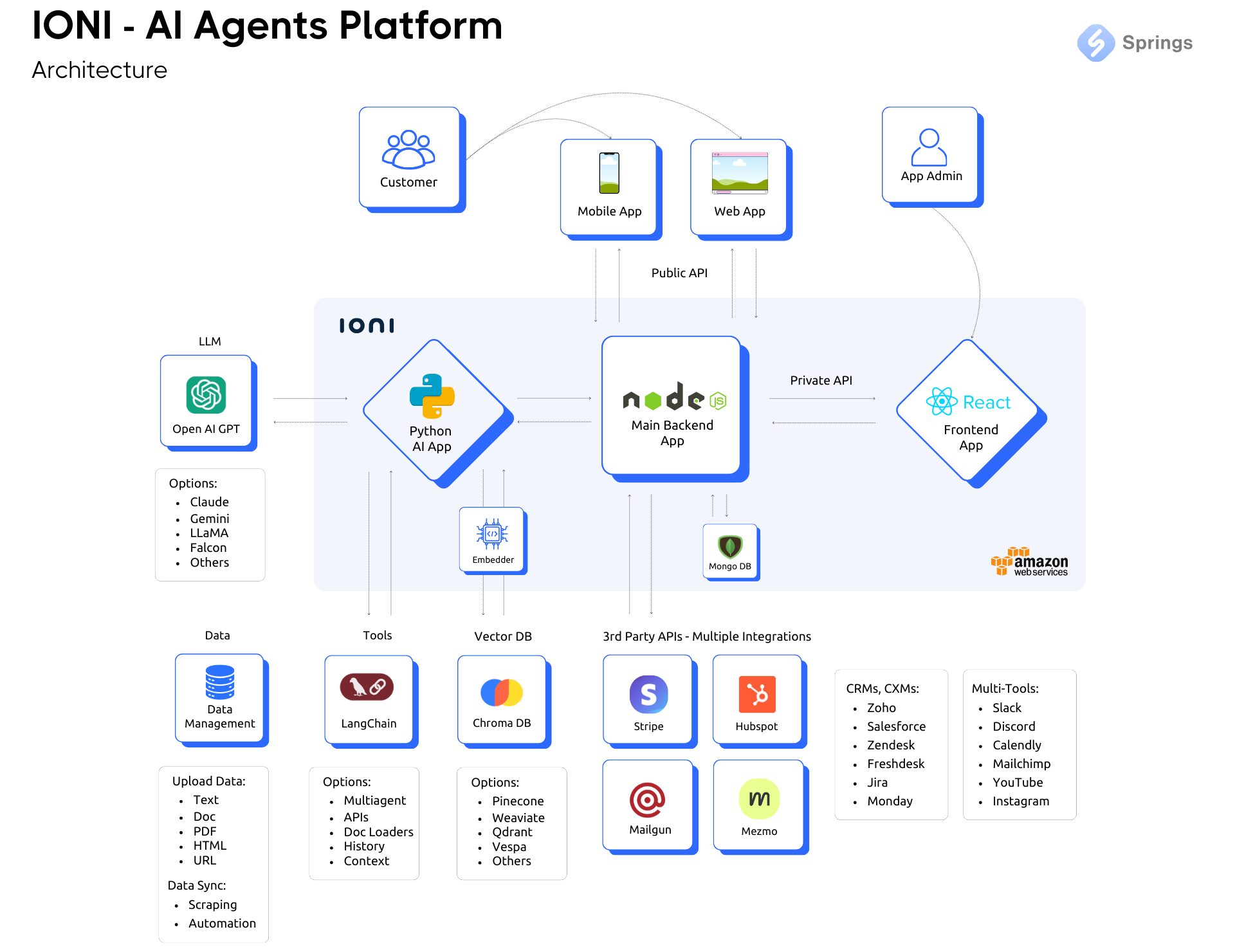
As you can see, LLMs are connected to the Python AI App separately and provide an external service so in this way the app may be customized in multiple ways.
Now, it is time to move forward.
How LLMs Impact on Legal Practice
The use of llm in legal practice presents attorneys with a powerful opportunity to evolve as professionals, increasing efficiency and transforming the delivery of legal services. By the correct use of LLM for legal documents, lawyers can generate accurate, coherent content like contract clauses and case summaries.
However, mastering Large Language Models in Legal requires understanding how to interact with the technology to achieve optimal results, enabling faster and more cost-effective solutions for clients. Luckily, this is not an issue today as being empowered with AI Agents businesses can easily handle all the interactions.
Moreover, incorporating llm for legal research tools like Westlaw or Spellbook has the potential to improve legal tasks ranging from contract analysis to litigation forecasting. The use of llm in legal not only makes due diligence more useful but also enhances strategic planning by analyzing legal data with precision. Attorneys who understand llm in legal tech and llm in legaltech can implement different custom AI Agents that significantly improve the relevancy of search results and the efficiency of document review, elevating their practice.
How LLM-based AI Agents Help Legal Firms
AI Agents, particularly those that use llm in legal, are boosting the legal industry by performing tasks like document review, contract analysis, and llm for legal research. With LLM for legal documents, law firms can process vast amounts of information efficiently and with greater accuracy, reducing human error while ensuring compliance with regulations.
Some open-source Large Language Models in legal also help lawyers' abilities by providing data-driven insights, helping them develop stronger case strategies, and allowing them to focus on higher-level, strategic work instead of routine tasks.
Using llm in legaltech improves workflow efficiency and productivity across legal operations. From llm in legal research to predicting case outcomes, AI Agents can significantly boost legal processes, assisting in organizing case files and compliance. By the correct use of llm in legal tasks, law firms can reduce costs, speed up client deliverables, and maintain a competitive advantage in the rapidly evolving legal landscape.
Finally, by automating everyday work such as discovery and drafting, LLM for legal research enables lawyers to focus on high-level tasks like client advocacy and strategic analysis. Understanding the top-notch AI development and NLP technologies behind llm in legal platforms allows attorneys to choose the best tools for their needs, optimizing productivity and providing greater value to clients.
Use of Large Language Models (LLMs) in Legal Industry
The use cases of LLMs in legal industry vary from simple document drafting to the deep analysis of complex contracts. Let’s have a look at the options on how to use LLMs in this area.
Document Creation
Large language models can help legal professionals to draft and create documents. Whether it's generating legal clauses or drafting contracts, LLM integrations significantly accelerate the process. Their ability to produce coherent, well-structured legal briefs and memos ensures faster document creation, which is particularly beneficial in contract law and litigation.
While hallucinations can occur, legal professionals can mitigate these risks by incorporating rigorous review processes to ensure compliance with current laws and precedents.
Legal Research
Another way to use LLMs is to provide great possibilities for legal teams to perform in-depth legal research at scale. By sifting through large volumes of case law, statutes, and regulatory directives, LLMs significantly boost the process of identifying relevant precedents and interpreting statutes.
Attorneys and lawyers can use LLMs to stay current on developments, improve compliance, and deliver well-informed legal advice. However, despite their accuracy, validation protocols remain essential to avoid any oversights in their research outputs.
Due Diligence
Finally, LLMs can precisely analyze and interrogate legal documents, making them ideal for due diligence and contract comparisons. By identifying discrepancies and extracting critical data points, they help legal teams stay confident with the consistency across contracts and compliance with legal standards.
While LLMs focus on locating existing data, human oversight remains crucial to confirm the accuracy and ensure no detail is missed, especially when handling high-stakes documents in corporate law.
To sum up, there are many options to use LLMs for legal automation. It seems to be a complex process at first glance but with the help of professionals, it would be a useful experience that can bring many benefits to your business.
Benefits of Using Large Language Models (LLMs) for Legal
Now, it is time to determine the key benefits of using LLMs for legal industry. Let’s dive deeper into each of them.
- Streamlined Legal Research. LLMs can quickly process extensive volumes of legal texts, case law, and statutes, simplifying the research process. This allows attorneys and legal teams to find relevant precedents and insights more efficiently than through traditional methods.
- Automated Document Drafting. LLMs assist in creating legal documents such as contracts, briefs, and memos. You can even use the latest voice-empowered LLMs, like OpenAI’s Advanced Voice Mode, to create a document shortly. By generating well-structured and accurate content, LLMs help save time and minimize human error in the preparation of legal documents.
- Increased Efficiency and Precision. LLMs handle routine tasks like document review and contract analysis, allowing legal teams to concentrate on more complex, high-value work. They also ensure consistency and accuracy across all legal documents.
- Cost Savings. By automating time-consuming legal tasks, LLMs reduce the need for manual labor, lowering costs for law firms and their clients while improving overall service delivery.
- Scalable Compliance and Risk Management. LLMs are highly effective at analyzing regulatory changes, and helping legal departments stay compliant with evolving laws. They can also identify potential risks in contracts, making it easier to manage compliance and minimize liabilities.
Overall, the use of LLM in legal is revolutionizing the way legal professionals handle their day-to-day tasks, from LLM for legal research to LLM for legal document drafting. For instance, the ChatGPT integration can help law firms put their workflows to the next level, increase accuracy, and reduce the time spent on routine tasks.
Risks of Implementing LLMs in Legal Apps
The integration of LLMs in the legal industry is transforming the way law firms and legal departments handle tasks, offering immense potential for automation and efficiency. However, as LLMs become more widely adopted, they also introduce a series of legal challenges that must be carefully managed to ensure responsible and effective use in legaltech.
Intellectual Property
One of the main concerns surrounding the use of LLMs in legal is the issue of Intellectual Property (IP). LLMs can generate text that closely resembles existing copyrighted works, raising questions about ownership and the potential for unintentional copyright infringement. This concern necessitates the development of new legal frameworks to define how copyright applies to AI-generated content, as well as clear guidelines for the use of such content in legal practice. Legal teams need to remain vigilant about the sources of the data used in training these models to avoid violating IP laws. Proper legal oversight and agreements will be essential when using LLMs for legal documents and contract generation to ensure compliance with current IP regulations.
Data Privacy
Another important point is data privacy. Since AI Chatbots for legal are trained on vast datasets, there is a risk that these datasets may contain personal, sensitive, or confidential information. “Legal guys” must ensure that any use of LLMs in legal contexts adheres to strict data protection regulations, such as GDPR or CCPA, which are created to safeguard personal information. Advanced data anonymization techniques are crucial for ensuring that private data is not exposed or misused when performing LLM for legal research or drafting documents. Ensuring robust data governance policies and implementing secure, anonymized datasets are essential for maintaining client confidentiality and trust.
Bias and Discrimination
One of the most critical ethical and legal risks associated with LLMs in legal tech is the potential for bias. LLMs are trained on extensive datasets that can unintentionally reflect societal biases, leading to discriminatory or unfair outcomes in legal applications. For example, biases in training data could result in legal recommendations or analysis, impacting fairness in legal proceedings or contract reviews. Legal firms using LLMs must prioritize the identification and mitigation of these biases to ensure responsible AI development. Integrating validation layers and bias detection tools can help address these issues, ensuring that LLM for legal documents is both fair and unbiased.
To sum up, while Large Language Models in Legal offer a revolutionary approach to automating tasks like document review, legal research, and compliance, the challenges existing around intellectual property, data privacy, and bias must be compulsorily managed. Legal experts who proactively address these concerns can fully unlock the potential of LLMs for greater efficiency and innovation in legal practice.
Conclusion
We may expect that soon the integration of LLMs in legal practice is proving to be a game-changer. Law firms that leverage tools like LLM for legal documents and research stand to gain significant competitive advantages. These models boost document generation, improve accuracy, and reduce time spent on tedious legal research, enabling legal teams to focus on higher-value tasks like client counseling and strategic decision-making. Both open-source and closed-source Large Language Models in legal tech are also helping firms handle large volumes of data more efficiently, whether it’s in the form of case law, contracts, or compliance documentation. Firms that lead the charge in adopting LLM in legal tech will not only see productivity gains but also a reduction in operational risks associated with manual processes, ultimately improving client outcomes.
However, as with any new technology, law firms must approach the use of LLMs with a clear understanding of the potential challenges, such as privacy concerns, intellectual property issues, and the risk of inaccuracies. It’s crucial to start experimenting with LLMs now, testing their capabilities through use cases relevant to the firm’s legal needs.

